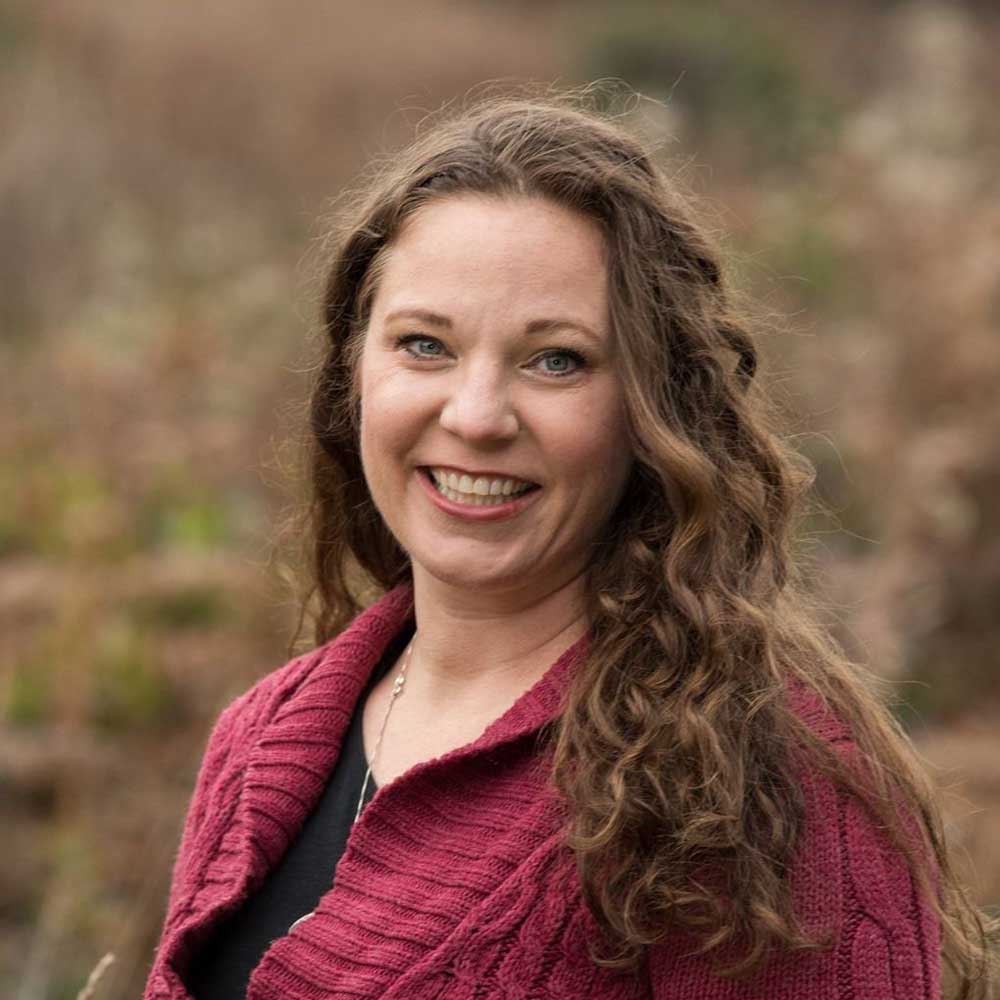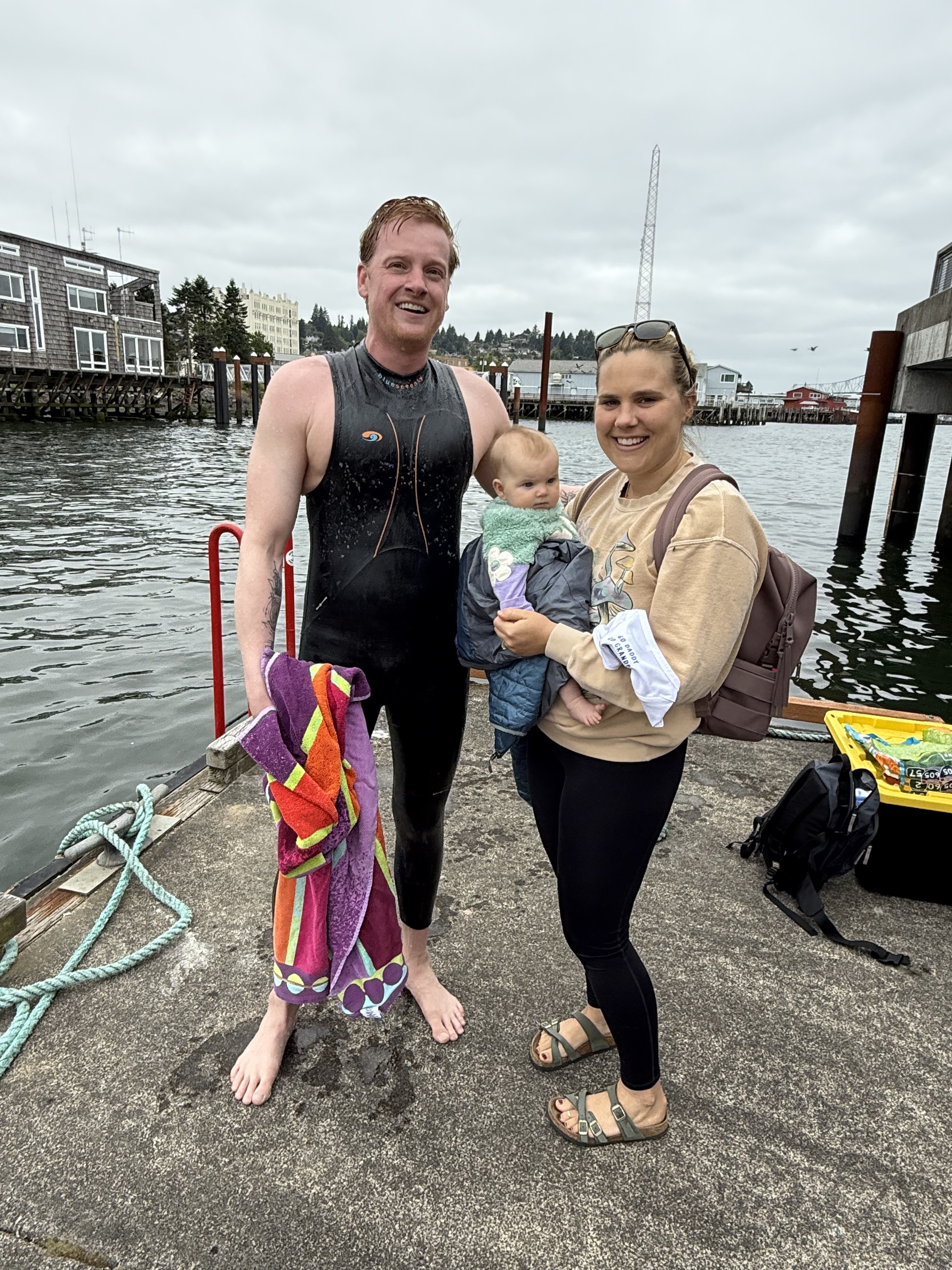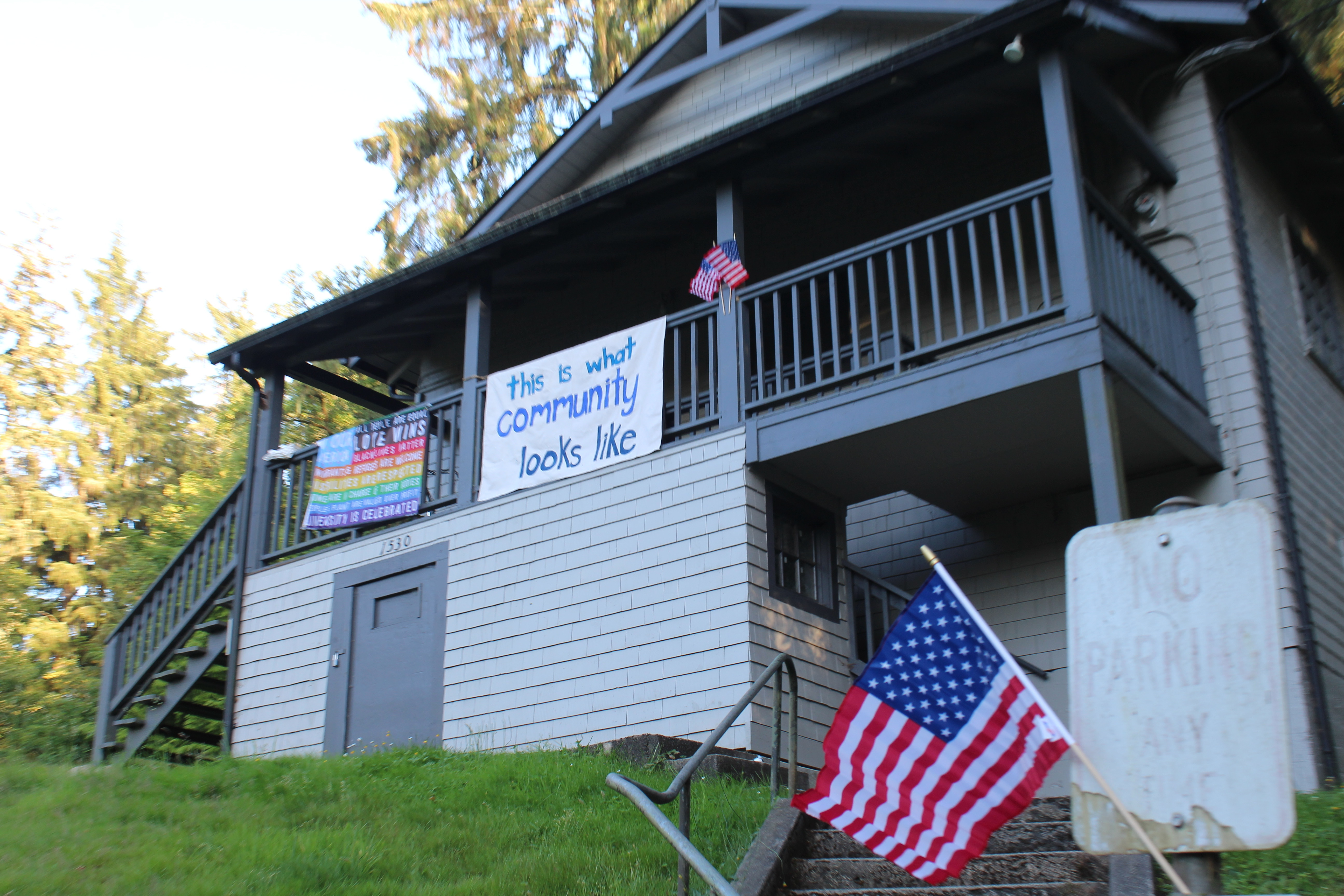Guest Column: Let’s fix the habitat conservation plan
Published 12:30 am Saturday, May 14, 2022

- Courtney Bangs
The Oregon Department of Forestry is preparing to change how the Clatsop State Forest is managed. For those who might not know, the department manages state forestland through a contract with 15 counties, including Clatsop.
Trending
The Department of Forestry harvests trees to provide revenue to the counties and local taxing districts and, in return, keeps a third of the revenue to manage the lands, provide public access for recreation and fight wildfire.
Hoping to improve both financial and conservation outcomes on state forests, the Department of Forestry and federal wildlife agencies are developing the Western Oregon Habitat Conservation Plan to comply with the federal Endangered Species Act. Unfortunately, as written, the plan fails on both counts.
In negotiating this plan with the federal agencies, a process that took place behind closed doors without county participation, the Department of Forestry quite literally gave away the farm.
Trending
Their plan would convert over half of our productive state forestland into a habitat preserve. This would result in an estimated 38% percent drop in the harvest from current levels. Rather than inviting local districts and counties into the conversation to develop strategies that protect both wildlife, local economies and social concerns, the department prepared an unsustainable and financially unviable plan based on inadequate models and incomplete information.
As a mother, teacher and a county commissioner, I’m very concerned about the impact this plan will have on working families and the long-term health and vitality of our county. Each acre of working forests matters for individual taxing districts.
The ripple effect of the plan’s proposed reduction in funding on county programs, local taxing districts and small family-owned businesses would result in long-term negative consequences for our residents. Our forest sector businesses that harvest, transport and process wood from working state forests would take an even harder hit from this proposal – and mills could potentially close.
Roughly 5 acres of productive forestland harvest can pay a teacher’s salary for one year. A hundred acres is the equivalent of two teachers for a decade.
It is for these reasons I do not support this habitat conservation plan as currently drafted. It shifts state forest management toward priorities set by Portland-based interest groups, the costs of which will be borne entirely by residents of this county and neighboring counties.
If the Department of Forestry’s current plan is adopted, environmental groups will no doubt celebrate the decrease in harvest, but the cost of those acres will be intimately felt on the North Coast for decades. The result will be lost jobs, shuttered family businesses, fewer teachers, reduced public safety and poorer quality of life.
I do not believe the people who support this plan want that to happen. However, I do believe they are out of touch with the majority of people who actually live and work among these forests and because of that, they do not fully appreciate the true human cost of what is being proposed.
We have significant needs in this county, from housing and homelessness to health services and education. Our financial needs will only grow as we prepare our communities to be more resilient to winter storms, flooding, wildfire and the potential for a Cascadia earthquake event.
Based on the experience of other rural counties who have lost major resource-based industries, the path toward revenue replacement and recovery is long, steep and uncertain.
State forests make up just 4% of total forestland in Oregon and have different mandates than other public forests. These forests cannot and should not be expected to shoulder additional burdens associated with wildlife habitat conservation.
Sixty percent of forestland in Oregon is federally owned and managed almost entirely as habitat for species such as the northern spotted owl. Thirty years after these forests were all but shut down to harvest, spotted owl populations continue to decline. Habitat is not a silver bullet and yet, the Department of Forestry’s plan is following the same failed conservation prescriptions that focus solely on habitat creation and hope.
We need to make smart, sustainable use of the few remaining acres of public forest we have left. We can’t afford more ineffective nature preserves.
Let me be very clear, I am not opposed to the concept of a habitat conservation plan or setting aside certain acres for wildlife when occupancy occurs. What I’m opposed to is a plan that disregards experience and science. I’m opposed to a management strategy that ignores the socioeconomic needs of our communities.
The Oregon Board of Forestry has the ability to request the Department of Forestry make improvements to the plan. I will continue to advocate for our county’s long-term economic health and sustainability and I urge you to join me.
Let the board overseeing the Department of Forestry know the current plan needs to be fixed. The public comment period has been extended to June 1. Written comments can be submitted on the National Oceanic and Atmospheric Administration’s website. Comments can also be sent to the Board of Forestry at boardofforestry@oregon.gov









